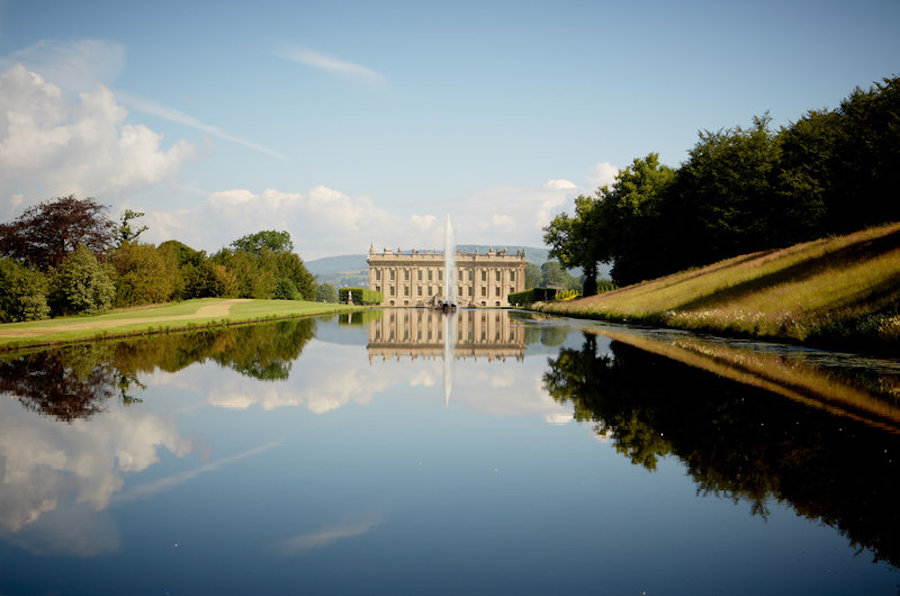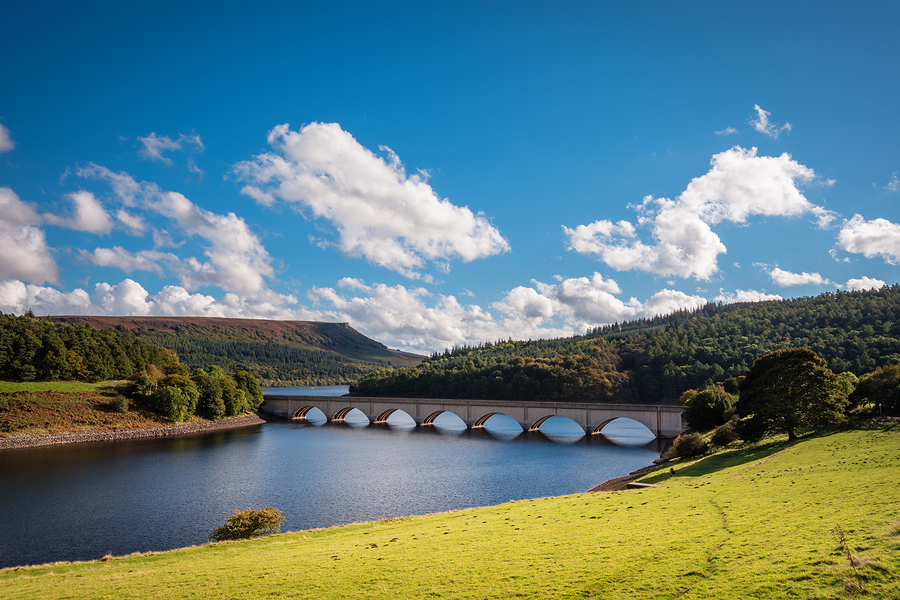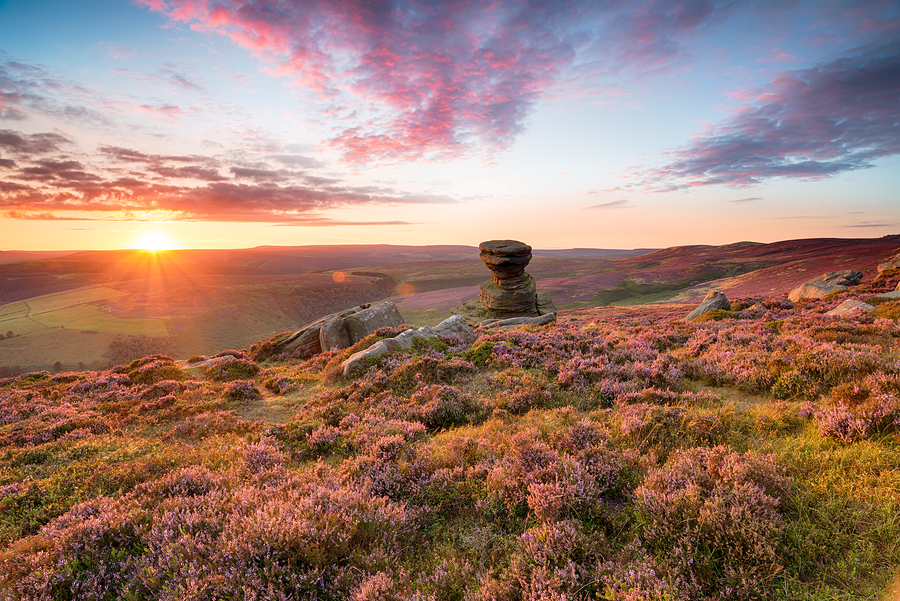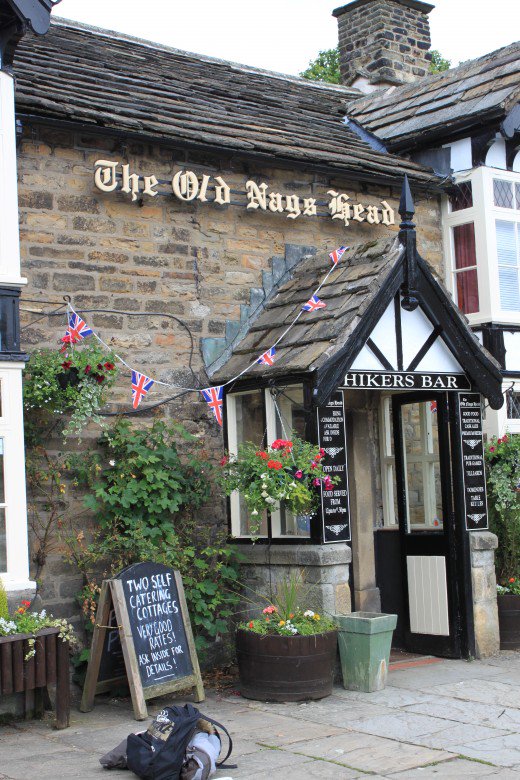A dozen or so things you never knew about the Derbyshire Peak District
The third in our series of 'I never knew that about the beauty spots of Britain'
Britain is the most beautiful country in the world when the sun shines. And even when it doesn’t there are myriad tales and facts galore to enhance the beauty, whatever the weather. Here are some of them – they may make you want to go there….
A dozen or so things you never knew about The Derbyshire Peak District
The Peak District, most of which lies in North Derbyshire at the southern end of the Pennines Hills, is easily accessible from a number of large conurbations such as Manchester, Sheffield, Nottingham, Derby and Stoke on Trent and hence is Britain’s most visited national park with some 10 million visitors every year. ‘Peak’ by the way, does not refer to mountain peaks but to an Anglo-Saxon people called the Pecsaetan who lived in the area during the 6th century.
- The highest point in the Peak District is Kinder Scout, 2086 feet (636m) high. In 1932 this was the scene of a mass trespass when some 500 men and women brought together by the British Workers Sports Federation walked to the top of the privately owned mountain from Hayfield and Sheffield to highlight the fact that only 1% of the Peak area was accessible to the public. The five ringleaders were jailed for trespassing but their action sparked the right to roam movement that ended with the 1949 National Parks Access to the Countryside Act, and the establishing of the Peak District National Park as Britain’s first national park, in 1951.
- The Nags Head pub in the remote and beautiful village of Edale lies at the end (or start) of Britain’s oldest long-distance national walking trail, the Pennine Way, which runs for 268 miles to the Border Hotel at Kirk Yetholm in Scotland and was established in 1965.
- Liquorice Allsorts originated in Ashover, a pretty village on the River Amber near Matlock. George Bassett was the son of a farmer from Ashover who set up a confectionary business in Sheffield which, for much of the 19th century, was the largest sugar confectionery manufacturer in the world. The original recipe for what would become Bassett’s best known product, Liquorice Allsorts, was concocted in a cottage in Ashover, where the Bassetts are remembered by the Bassett Rooms parish hall.
- The Emperor Fountain at Chatsworth House was built for the Duke of Devonshire by Joseph Paxton to mark a planned visit by Tsar Nicholas of Russia in 1843. With a height of 296 feet it was the highest gravity fed fountain in the world until superceded in 2006 by the fountain at Stanway House in Gloucestershire. Joseph Paxton also built the world’s largest glass house at Chatsworth, the Great Conservatory, which he used as a prototype for the Crystal Palace. The conservatory was demolished in 1920 but the supporting walls remain and now contain a maze.

Chatsworth House
- The Peak Cavern, immediately below the castle at Castleton, has the largest cave opening in Britain, 33 feet 10m) high and 100 feet (30m) across, and provides access to a natural cavern called Titan which is the tallest cave in Britain at 464 feet (141m) high.
- The Peak District has many associations with Robin Hood, who is often referred to as Robin of Locksley, Loxley being on the edge of Sheffield. There is also Robin Hood’s Cave on Stanage Edge and in the nearby village of Hathersage Robin Hood’s right hand man, Little John, lies buried beside the church of St Michael. In 1780 a thigh bone measuring nearly two and a half feet long was dug up from his grave, indicating that Little John was over 8 feet tall…
- Hathersage also comes into Charlotte Bronte’s famous novel Jane Eyre. Bronte came to stay with friends at the vicarage and she got the name Eyre from a local family, many of whom have splendid tombs in St Michael’s church and whose coat of arms appears over the church porch. Their family seat, North Lees Hall, on the edge of Hathersage, was the model for Mr Rochester’s Thornfield Hall.
- The finest treasure of Youlgreave’s magnificent Norman church of All Saints is its 12th century round font, which has a stoup projecting from the side. It is the only font of this kind in all of Britain.

Ladybower Reservoir and Bamford Edge, is situated in the Upper Derwent Valley at the heart of the Peak District National Park
- Because the topography of the Derwent valley is so similar to that of the Ruhr Valley in Germany, 617 ‘Dam Busters’ Squadron flew their Lancaster bombers over the Derwent valley reservoirs to practice dropping Barnes Wallis’s ‘bouncing bomb’ prior to their attack on the Ruhr valley dams in 1943. The reservoirs were also used to double as the Ruhr Valley in the film of the raid, The Dam Busters, released in 1955.
Find out more about Christopher Winn’s ‘I Never Knew That’ here
Latest posts by Christopher Winn (see all)
- A dozen or so things you never knew about Loch Lomond and Dunbartonshire - October 20, 2021
- A dozen or so things you never knew about Bedfordshire - May 18, 2021
- A dozen or so things you never knew about Berwickshire - March 18, 2021
- A dozen or so things you never knew about The Surrey Hills - January 26, 2021
- A dozen or so things you never knew about historic Monmouthshire - February 10, 2020





















